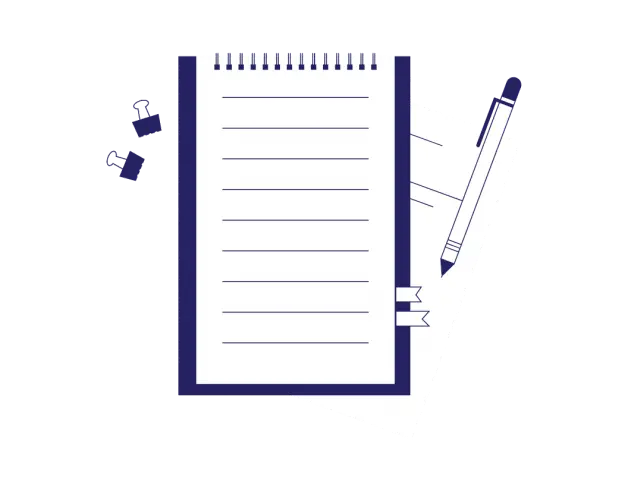
- 4-minute read
- 5th May 2023
A Guide to Technical Writing (With Examples)
You can find technical writing in lots of places, including in your home, at your job, in many industries, and in businesses of all sizes. If you need help with business writing specifically, check out how we can assist you.
In today’s post, we’ll break down what technical writing is and how to do it effectively. We’ll also provide some handy examples.
What Is Technical Writing?
Technical writing doesn’t always look very technical! It can be anything that describes how to do a task or how to operate a machine or system. Or it can cover a specialized topic. Technical writing includes recipes in your favorite cookbook, board game instructions, operator manuals, health and safety regulations, legal documents, and financial reports.
Instructions for Carrying Out a Task
This type of technical writing can be a recipe for a cake, the instructions for a board game, tips on how to walk your dog to heel, or the script for a social media video on how to cut your own hair.
Operating Manuals for Machinery, Appliances, or Systems
Technical writing can also be the user guide for a dishwasher, for a factory machine that makes cardboard boxes, a “how to” guide for spreadsheets, or instructions for changing the oil in your motorcycle.
Specialized Topics
The list here could be very, very long! Technical writing on specialized topics includes a company’s business reports, a medical consultant’s letter to a patient, health and safety regulations, employment policies, and legal documents.
So How Do I Produce a Great Piece of Technical Writing?
Let’s take it in three stages: Who? What? How?
Who Is It For?
In any type of writing, knowing your audience is important. This is particularly true of technical writing. Here are some examples of who might read technical writing:
· A renter of an apartment that needs details on their lease
· An electrical engineer who needs to know how the wiring is laid out in the apartment block
· The janitor of that same building who needs to know the location of the emergency lights
· The occupant of apartment 61, who needs to know how to use the oven in their kitchen
They all need information presented to them, but what information do they need?
What Do They Need?
The renter needs a legal document that leaves no room for doubt about their legal rights and obligations and those of their landlord. The document will be very detailed, containing terms that need careful explanation.
The electrical engineer needs accurate, clear information about the wiring, as they could get hurt or cause harm to someone else if the diagram is inaccurate.
The janitor needs clear directions and a map of where the emergency lights are.
The occupant of apartment 61 needs instructions that are written in plain English so they can use their oven safely.
How Should Technical Writing Be Composed?
Follow these steps when writing a technical document:
· Research and know your subject thoroughly.
Find this useful?
Subscribe to our newsletter and get writing tips from our editors straight to your inbox.
· Decide on the appropriate writing style. Just because it’s technical, doesn’t mean it has to contain lots of jargon. Be concise, be direct, and be straightforward.
· Consider whether you need to include diagrams, maps, images, charts, and/or tables.
· If writing instructions, take it one step at a time, write objectively, and make sure the instructions work!
Examples of Technical Writing
Let’s look at some examples:
The first version contains unnecessary words, but the warnings are not specific enough. The instructions should be concise and clear. In the second version, the danger is stated right away, and the critical warnings are concise and specific.
Remove both screws near the door seal.
Lift glass panels out.
Slot replacement glass panels into guide rails and secure with screws tightly.
In these examples, the first version is unnecessarily wordy. It provides a lot of detail for minor tasks but gives vague instructions for bigger tasks. The second version is much clearer. The instructions are easier to follow, and they include each necessary step.
Summary
Good technical writing needs the following attributes:
1. Relevance
2. Accuracy
3. Clarity
4. Accessibility
5. Simplicity
Really good technical writing will include these attributes every time.
FAQs
Is technical writing difficult?
Technical writing does not have to be difficult if you follow our guide and do your research beforehand.
Are there professional bodies for technical writers?
There are several professional organizations for technical writing. This list from UTA Libraries is very useful.
What can I do if I’m not sure that my technical writing style is appropriate to my subject?
We have experts in many fields who can check your writing and advise on style.




